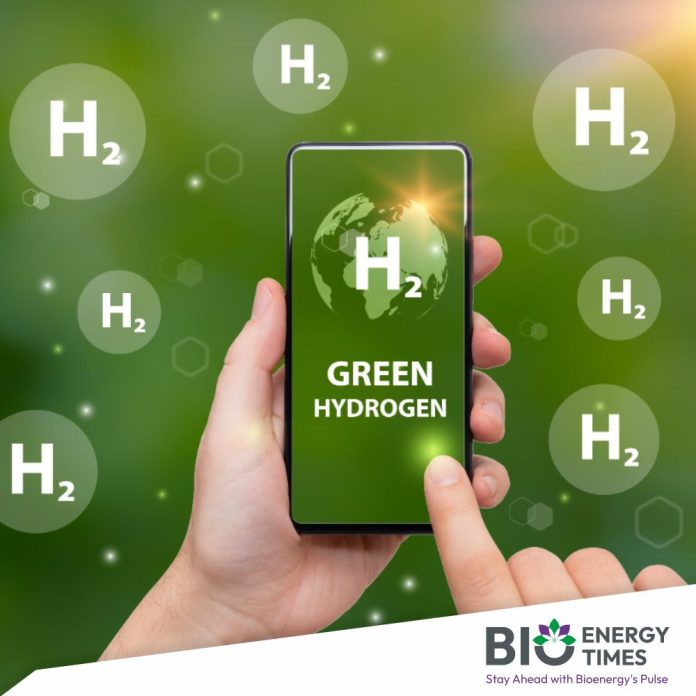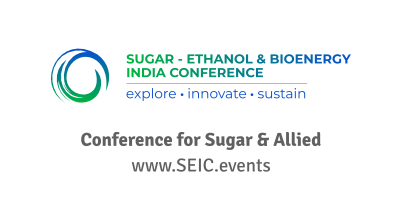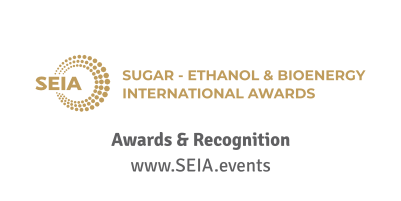A team of scientists from the Center for Innovation in New Energies (CINE), working at the State University of Campinas (UNICAMP) in Brazil, has developed a new method for purifying materials used in green hydrogen production. The process is described as simple, low-cost, and environmentally friendly, and has significantly improved the performance of a key material used in hydrogen generation, reports Agencia Fapesp.
The material in focus is mullite-type bismuth ferrite (Bi₂Fe₄O₉), which serves as a photoelectrocatalyst—a substance that uses sunlight to help break down water or organic molecules like glycerol and ethanol to produce hydrogen. This method of using light to trigger electrochemical reactions holds promise for clean energy production. However, the effectiveness of bismuth ferrite has been limited due to impurities in the material, known as secondary phases.
Now, CINE researchers have found a way to remove these impurities, greatly enhancing the material’s efficiency in producing hydrogen. “The process significantly improved the material’s performance in the photoelectron oxidation of organic molecules,” said Pablo Fernández, a UNICAMP professor and co-author of the study, which was published in Electrochimica Acta.
The breakthrough came during doctoral research conducted by Bruno Leuzinger da Silva at UNICAMP’s Institute of Chemistry, supervised by Professor Ana Flávia Nogueira. While testing how well the material worked with glycerol, da Silva noticed changes in the material over time. Further investigation revealed that light and glycerol caused the material to naturally clean itself, removing the unwanted compounds.
Building on this observation, the team developed a purification method that involves exposing bismuth ferrite to glycerol and light. This combination triggers electrochemical reactions that eliminate the secondary phases. Glycerol, a non-toxic and biodegradable byproduct of biodiesel production, is both renewable and abundant, making the method highly sustainable.
Although more work is needed to bring this technology to real-world systems, the researchers see their findings as a step toward producing affordable and efficient materials for clean hydrogen production and other environmental applications, including water purification.
The research was supported by FAPESP, Shell, and other Brazilian scientific organizations, including CNPq and CAPES. The project is part of CINE’s broader mission to develop innovative solutions for energy storage and sustainability.














